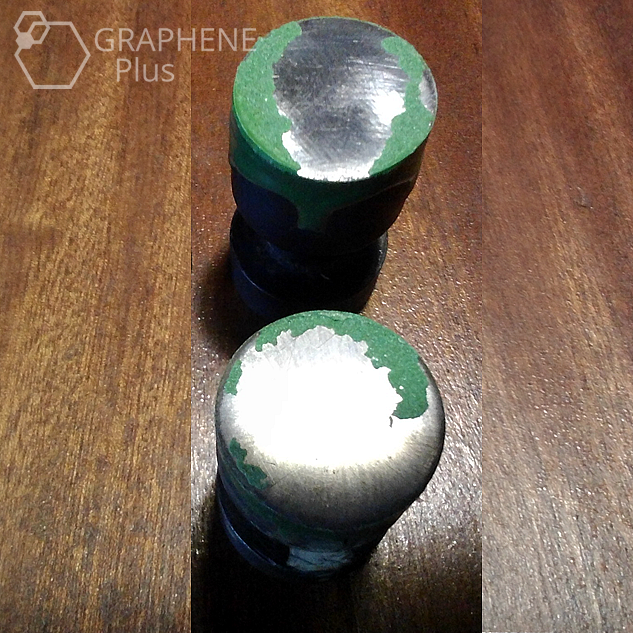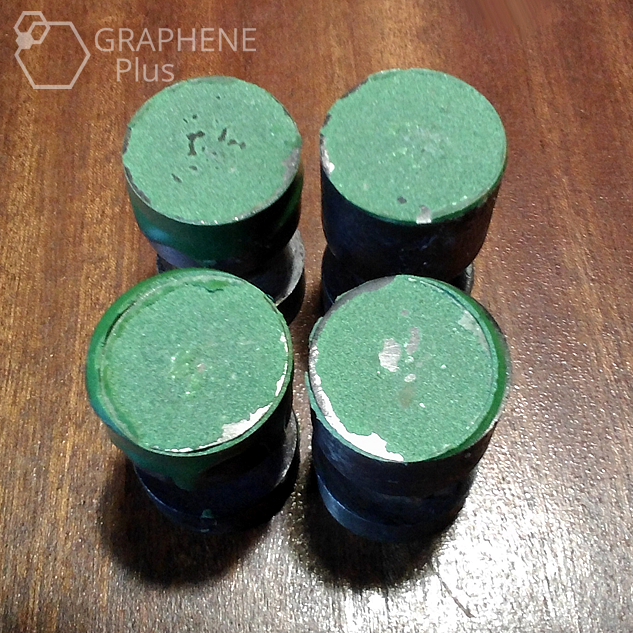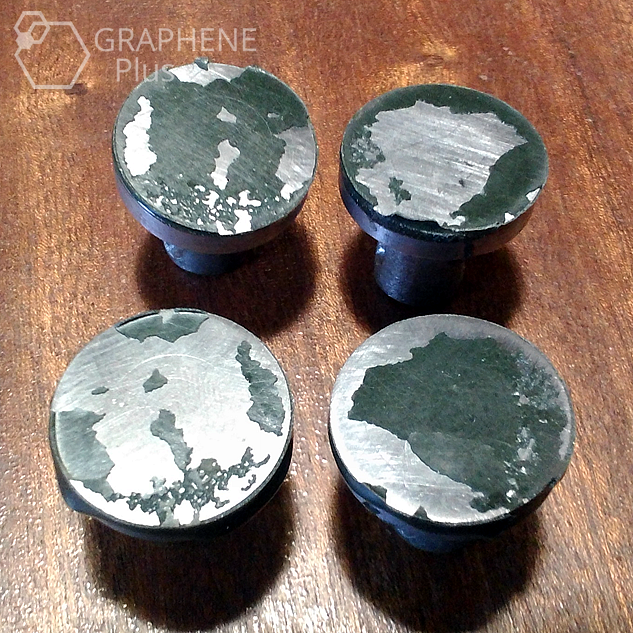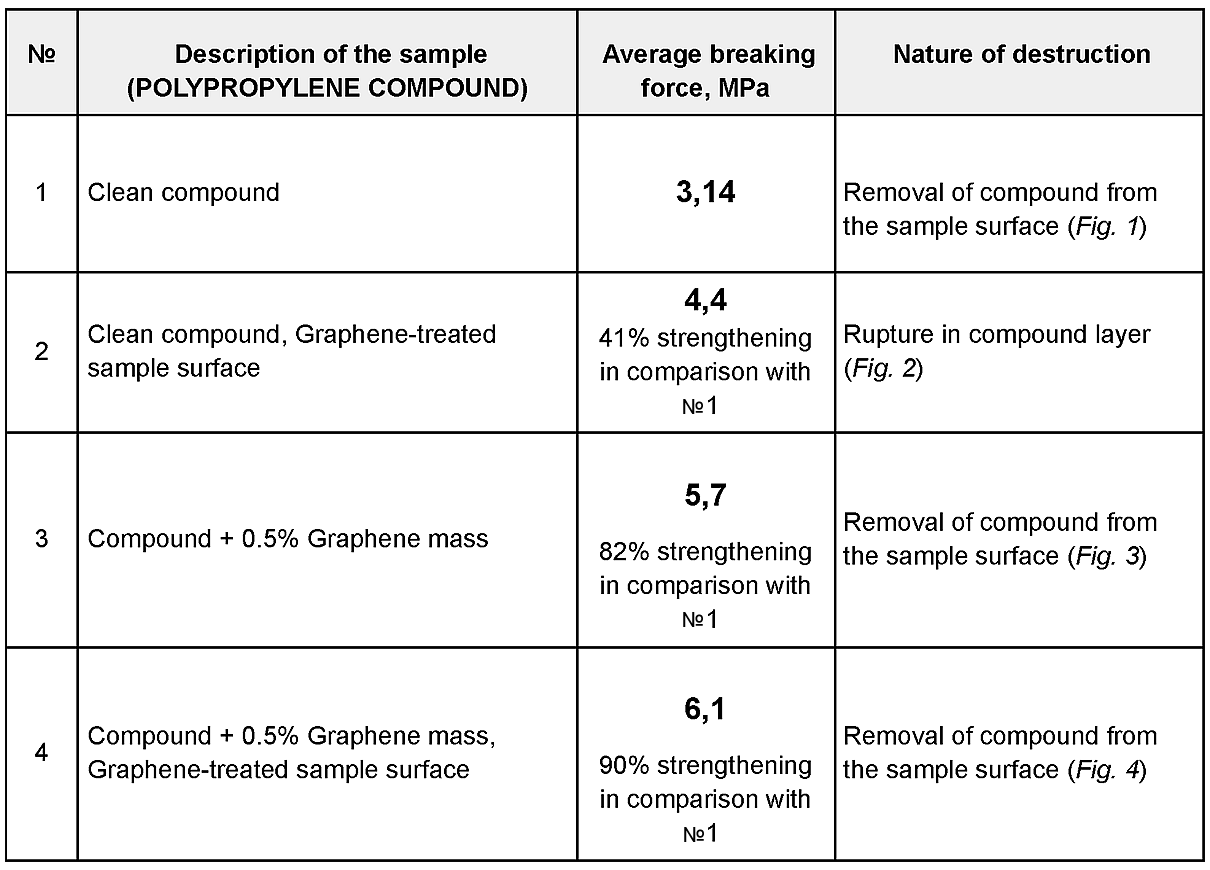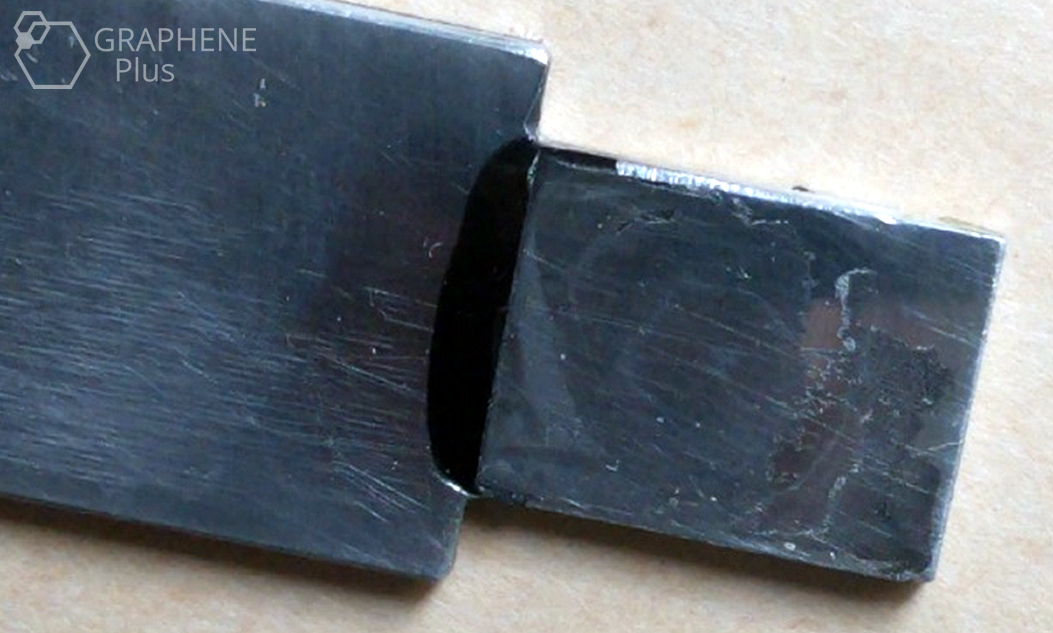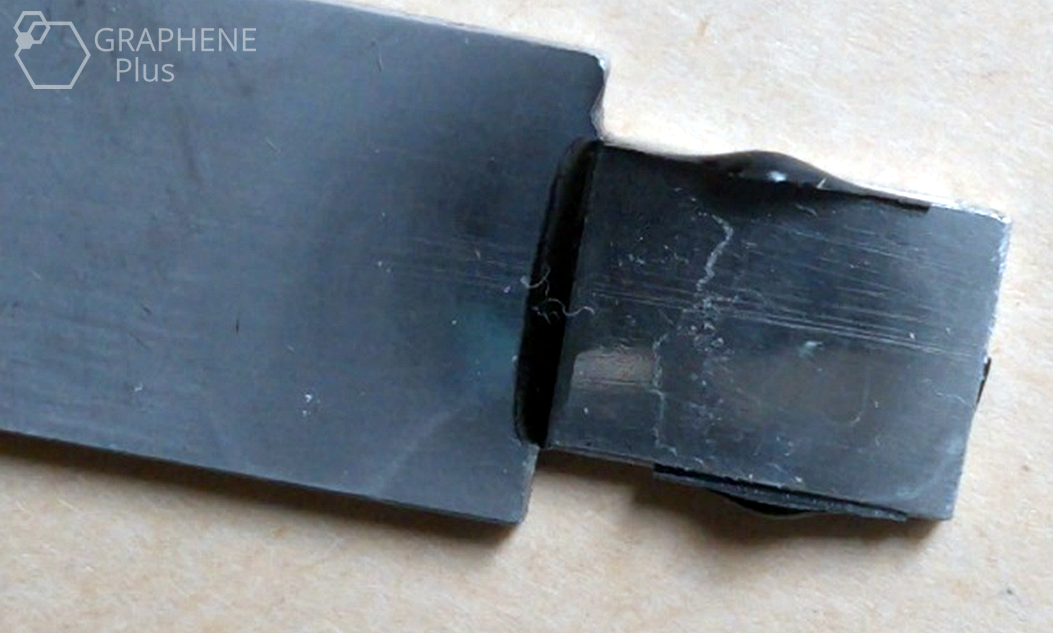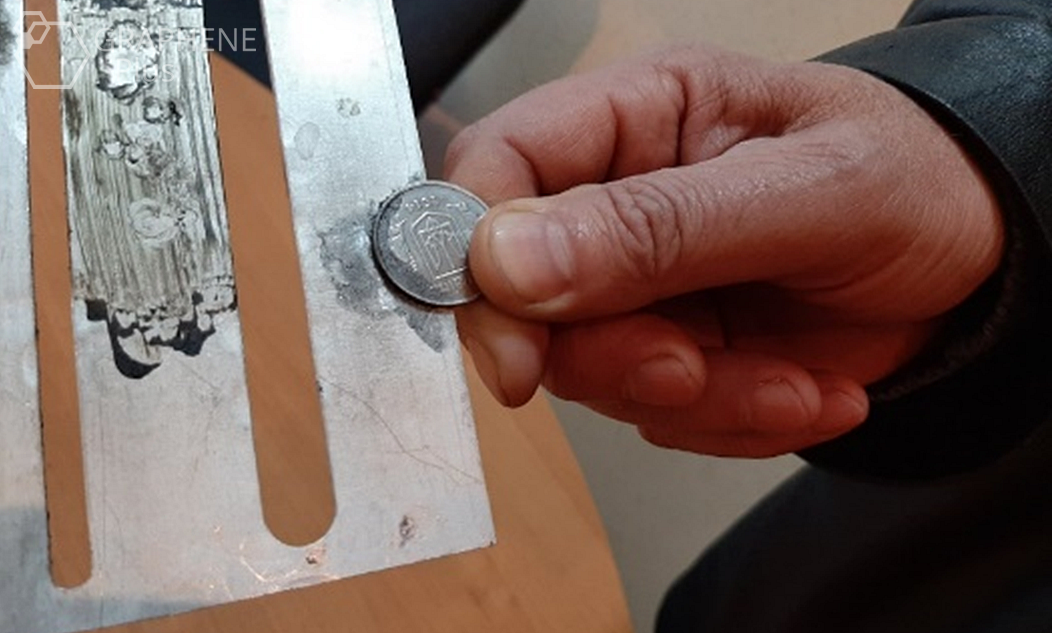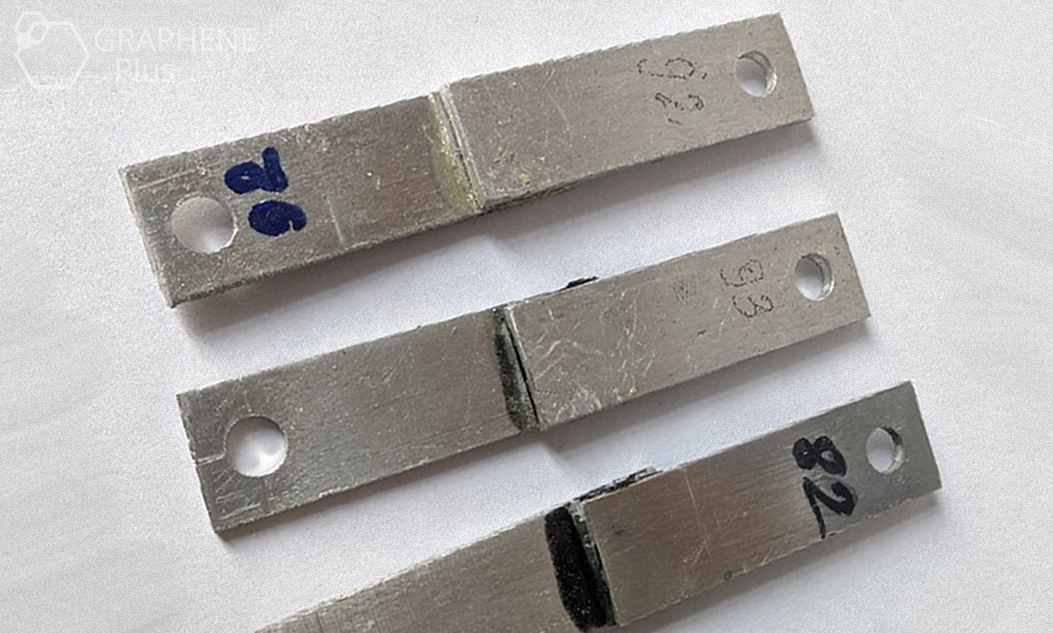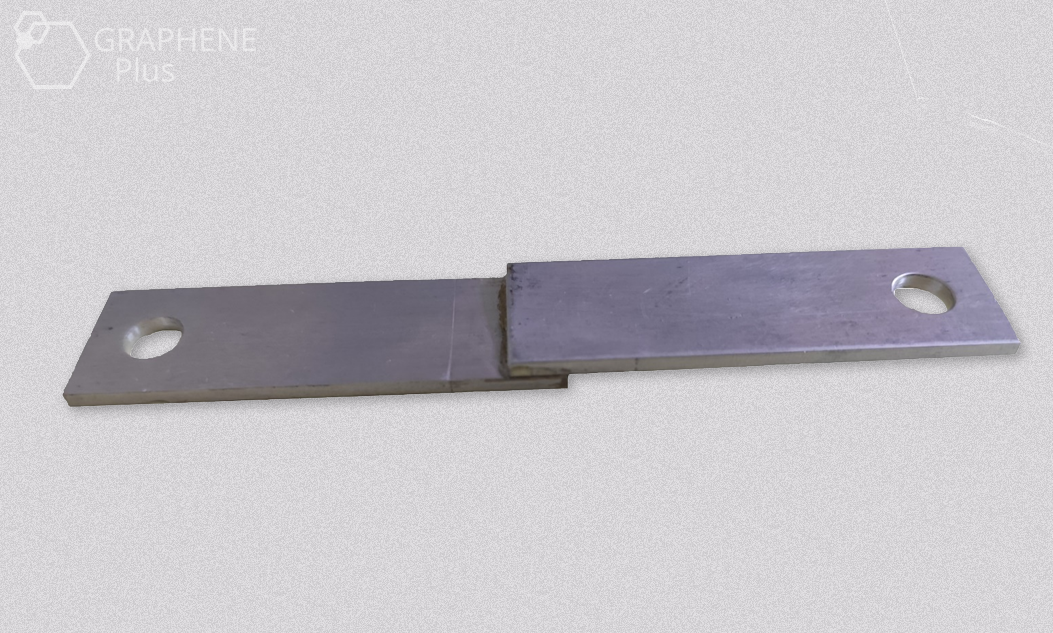Today, the priority in the development of structures for parts of the furniture industry, aircraft, and automotive equipment belongs to polymer composite materials, combined and adhesive compounds. GRAPHENE PLUS specialists have developed a new technology using graphene oxide, which can find its application even in the most demanding industries in terms of adhesion quality, such as aircraft construction, automotive, shipbuilding, etc.
As we know, the bearing capacity, reliability and service life of structures made of polymer composite materials significantly depends on the quality of their bonding. Due to the fact that modern adhesive compounds have a high level of strength, gluing is a more reliable and durable way of joining elements of a product or structure than, for example, joining with self-tapping screws or bolts.
That is why such compounds are successfully used in the installation of structures made of composite materials and have several important advantages:
- the ability to connect dissimilar materials;
- the adhesive connection is completely sealed;
- increased vibration and crack resistance;
- when gluing, the load is evenly distributed over the entire surface of the joint;
- the weight of the structure during gluing practically does not increase;
- the difference in thermal expansion is smoothed out.
As positive points, it should also be noted that there are no holes required for mechanical connections that weaken the bearing elements, and the possibility of obtaining a smooth surface of the product. Among the shortcomings, it should be noted the gluing process complexity, the dependence of the bond strengths on a number of factors (load nature, the shape of the parts to be joined, the properties of the materials and glue being joined, the influence of an aggressive environment, moisture, temperature, the impossibility of using adhesive joints when transferring large concentrated loads).
Good adhesion of the adhesive to the surfaces to be bonded is achieved when the adhesion exceeds the cohesion (tensile strength) inside the adhesive film. Therefore, in glued products, manufacturers try to obtain a glue line of minimum thickness.
The injection of thermally reduced graphene oxide into adhesive compounds makes it possible to multiply the adhesion of the polymer binder to the glued surfaces, as a result of which the tensile strength of the adhesive joint can increase up to 4 times. In addition, the pre-treatment of the glued surfaces with a special abrasive paste containing reduced graphene oxide has a significant effect on the quality of the glue line.
The pictures presented clearly show an increase in the adhesion of the polypropylene compound upon treatment of the bonded surfaces with thermally reduced graphene oxide, as well as an increase in the tensile strength of the composite when adding up to 1% of the reduced graphene oxide.
- Fig. 1 Initial sample, destruction occurs due to exfoliation of the compound from the surface
- Fig. 2 Sample with a surface treated with graphene, destruction occurs along the material of the compound, peeling is minimal
- Fig. 3 Composite sample, the compound is reinforced with graphene, an increase in tensile strength up to 50%, destruction occurs due to the separation of the composite from the surface
- Fig. 4 Composite sample, the compound is reinforced with graphene, metal surfaces are treated with graphene, destruction occurs partially along the composite material, maximum bond strength is achieved
COOPERATION
Our company is engaged in developments in the field of industrial applications of carbon nanomaterials, creates new products based on graphene and fullerene, and performs research and implementation into technological processes of industrial enterprises on order. Interested?

